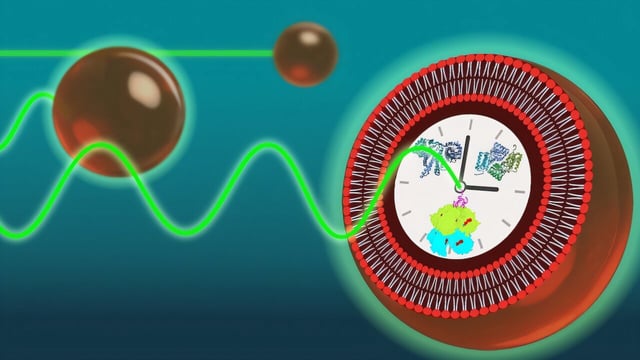Overview
- UC Merced researchers engineered artificial cell-like vesicles that glow on a perfect 24-hour cycle for at least four days under optimized conditions.
- Reducing clock protein levels or shrinking vesicle size consistently disrupted the rhythms, highlighting key design thresholds for stability.
- A computational model showed that higher concentrations of clock proteins buffer molecular noise and enhance oscillator robustness.
- Genetic regulatory modules proved unnecessary for individual oscillations but essential for synchronizing rhythms across multiple vesicles.
- The team is now exploring applications ranging from timed therapeutics to coordinated biological machines built on this synthetic clockwork.
